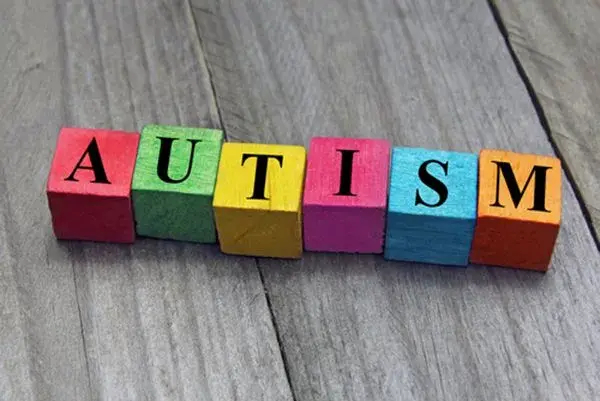ArdorComm Media Bureau
November 12, 2022
People with autism spectrum disorder (ASD) find it challenging to make eye contact with others in everyday situations. The difficulty of simultaneously scanning the brains of two people has prevented scientists from studying the neurological basis of live social interaction involving eye contact in ASD, despite the fact that eye contact is an essential component of everyday interactions.
However, Yale researchers have pinpointed particular brain regions in the dorsal parietal region of the brain connected to the social symptomatology of autism utilising cutting-edge technology that enables imaging of two individuals while they are in live and natural situations. According to the study, these brain responses to live face and eye contact may serve as a diagnostic for the diagnosis of ASD and a gauge of how effectively autism treatments are working. The study’s results were released in the PLOS ONE journal.
Joy Hirsch, co-corresponding author and the Elizabeth Mears and House Jameson Professor of Psychiatry, Comparative Medicine, and Neuroscience at Yale, said, “Our brains are hungry for information about other people, and we need to understand how these social mechanisms operate in the context of a real and interactive world in both typically developed individuals as well as individuals with ASD.”
Using functional near-infrared spectroscopy, a non-invasive optical neuroimaging technique, the Yale team, led by Hirsch and James McPartland, Harris Professor at the Yale Child Study Center, examined brain activity during brief social interactions between pairs of adults, each of whom included a typical participant and one with ASD. Both individuals wore caps with numerous sensors that both transmitted light into the brain and captured changes in light signals with data on brain activity during face-to-face and other types of eye contact.
The researchers discovered that persons with ASD displayed considerably less dorsal parietal cortex activity during eye contact than participants without ASD. Additionally, the less activity in this area of the brain was seen, the more severe the overall social symptoms of ASD as determined by ADOS (Autism Diagnostic Observation Schedule, 2nd Edition) scores. During genuine eye-to-eye contact but not while looking at a video face, neural activity in these regions was synchronised between normal participants.
The absence of this expected increase in neural connectivity in ASD is consistent with the challenges faced in social interactions. We now know more about the neurological underpinnings of typical social interactions as well as the neurobiology of autism and social differences, according to Hirsch.
Source: ANI


